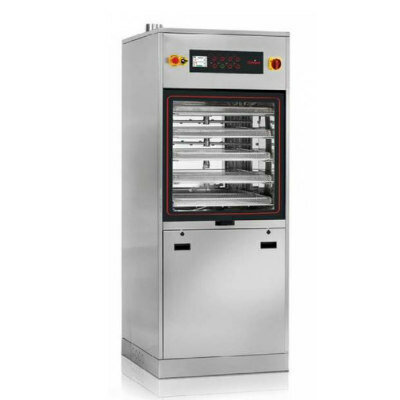Bioelectronic Sutures Monitor Deep Surgical Wounds
By HospiMedica International staff writers
Posted on 17 Jan 2022
Battery-free, wireless smart sutures can promote healing and monitor wound integrity, gastric leakage, and tissue micro-motion at the same time, claims a new study. Posted on 17 Jan 2022
Developed at National University of Singapore (NUS; Singapore), the new sutures have three key components: a medical-grade multifilament silk suture coated with a conductive polymer to allow it to respond to wireless signals; a battery-free electronic capacitive sensor; and an external wireless reader used to communicate with the suture. During stitching of the wound, the insulating section of the suture is threaded through the electronic module and secured by applying medical silicone to the electrical contacts.

Image: Smart surgical sutures with an attached electronic RFID monitoring module (Photo courtesy of NUS)
The entire surgical stitch functions as a radio-frequency identification (RFID) tag that can be read by an external reader. The smart sutures can be read up to a depth of 50 mm, depending on the length of stitches involved, and are also able to alert clinicians if they are broken or unraveled, for example by dehiscence of the wound. Similar to existing sutures, clips, and staples, the smart sutures can be removed post-operatively via a minimally invasive procedure when risk of complications has passed. The study was published in the December 2021 issue of Nature Biomedical Engineering.
“Currently, post-operative complications are often not detected until the patient experiences systemic symptoms like pain, fever, or a high heart rate,” said senior author John Ho, PhD, of the NUS department of Electrical and Computer Engineering. “These smart sutures can be used as an early alert tool to enable doctors to intervene before the complication becomes life-threatening, which can lead to lower rates of re-operation, faster recovery, and improved patient outcomes.”
Related Links:
National University of Singapore














